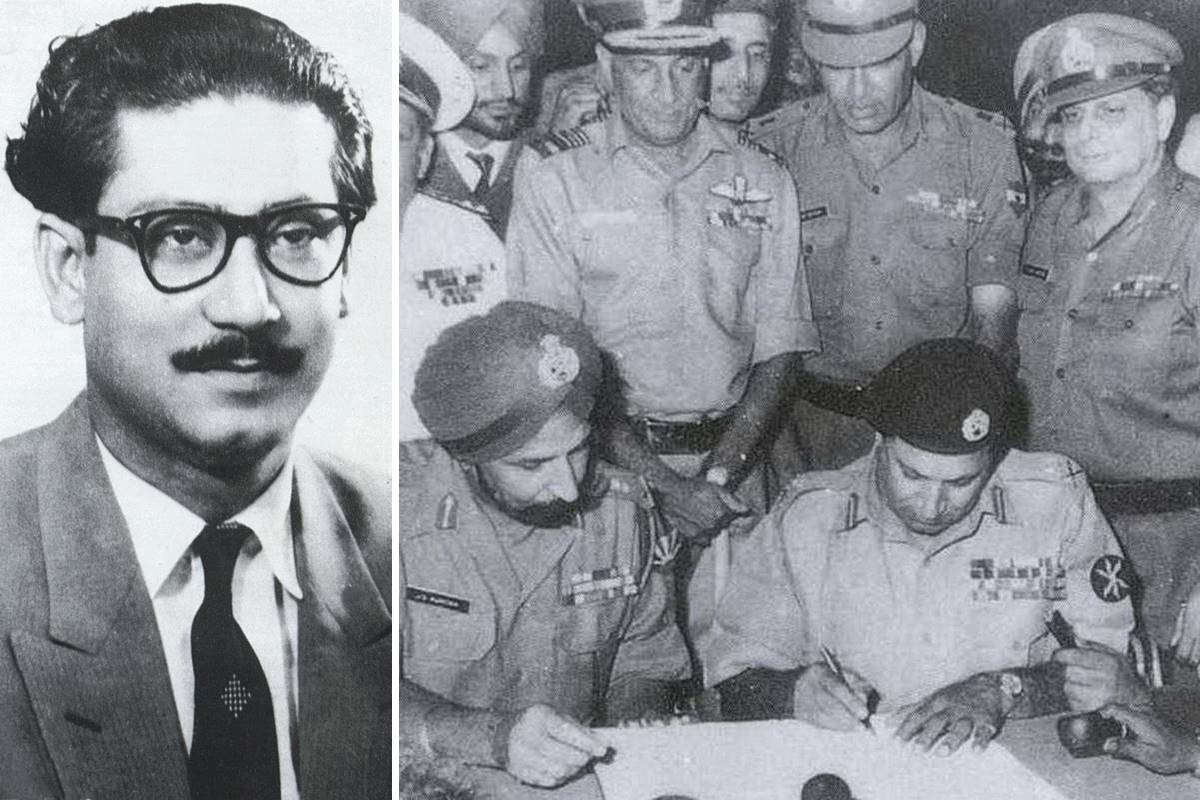16th December is the day of tragic memory when Pakistan was dismembered and a new state of Bangladesh was created in 1971 as part of Indian conspiracy which still continues against the integration of Pakistan. However, this very day is known as the Fall of Dhaka.

India has a long-gone history of many centuries, based upon religious prejudice against the Muslims. In this respect, Indian intelligence agency RAW which was founded in 1968, has assumed a significant status as invisible actor in formulation of India’s domestic, regional and global policies, particularly directed against Pakistan.
There is no doubt that one can note political, economic and social disparities almost in every Third World country. India, itself, contains these disparities on larger scale. In more than 13 states of India, separatist movements are at work.
However, RAW has a long history of sinister activities in the East Pakistan, backing secular areas of Hindu minority who had played an important role in motivating Bengali Muslims against West Pakistan. RAW’s well-paid agents had activated themselves in East Pakistan in the 1960’s so as to dismember Pakistan. For this aim, it took the responsibility of funding Sheikh Mujibur Rahmans’ general elections in 1970 and the members of his party, Awami League. It colluded with the pro-Indian persons and had paid full attention in training and arming the Mukti Bahnis (Terrorists). Playing with the bloodshed of Muslims, RAW succeeded in initiating a civil war in East Pakistan. However, huge quantity of arms started entering East Pakistan. Meanwhile, India welcomed the refugees from East Pakistan, providing them with every facility to provoke them against West Pakistan.
Mujib was already in connivance with India for separation of East Pakistan. In fact, the main purpose of raising RAW in 1968 was to organised covert operations in Bangladesh. Indian army officers and RAW officials used Bengali refugees to set up Mukti Bahini. Using this outfit as a cover, Indian military sneaked deep into East Pakistan…the story of Mukti Bahini and RAW’s role in its creation and training is now well-known.”
For India, the situation became serious when nearly 10 million Bengali refugees crossed Indian borders. The huge influx resulted into humanitarian crisis as India was not in a position to cater such big number of refugees.
Government troops from West Pakistan launched a military offensive against Bengali nationalists, including Bengali troops and policemen, in East Pakistan beginning on March 26, 1971. d the border into its territory. There was a humanitarian crisis, but also an opportunity to cut Pakistan down to size.
West Pakistan received military assistance from Saudi Arabia, Jordan, Libya, and Iran. Some 150,000 Indian troops intervened in support of the East Bengalis beginning on November 27, 1971. Prime Minister Indira Gandhi of India appealed for the withdrawal of West Pakistani government troops from East Pakistan on November 30, 1971. West Pakistani government troops launched a military offensive against East Pakistan on December 3, 1971.
The U.S. government referred the matter to the UN Security Council on December 4, 1971. The Soviet Union vetoed a UN Security Council resolution on December 6, 1971, which would have appealed to the parties for a ceasefire. The government of India provided diplomatic assistance (diplomatic recognition) to the provision government of Bangladesh on December 6, 1971. The UN General Assembly appealed for a ceasefire and troop withdrawal on December 7, 1971 and demanded a ceasefire on December 15, 1971. Some 90,000 West Pakistani government troops and civilians surrendered to Indian troops in East Pakistan on December 16, 1971.